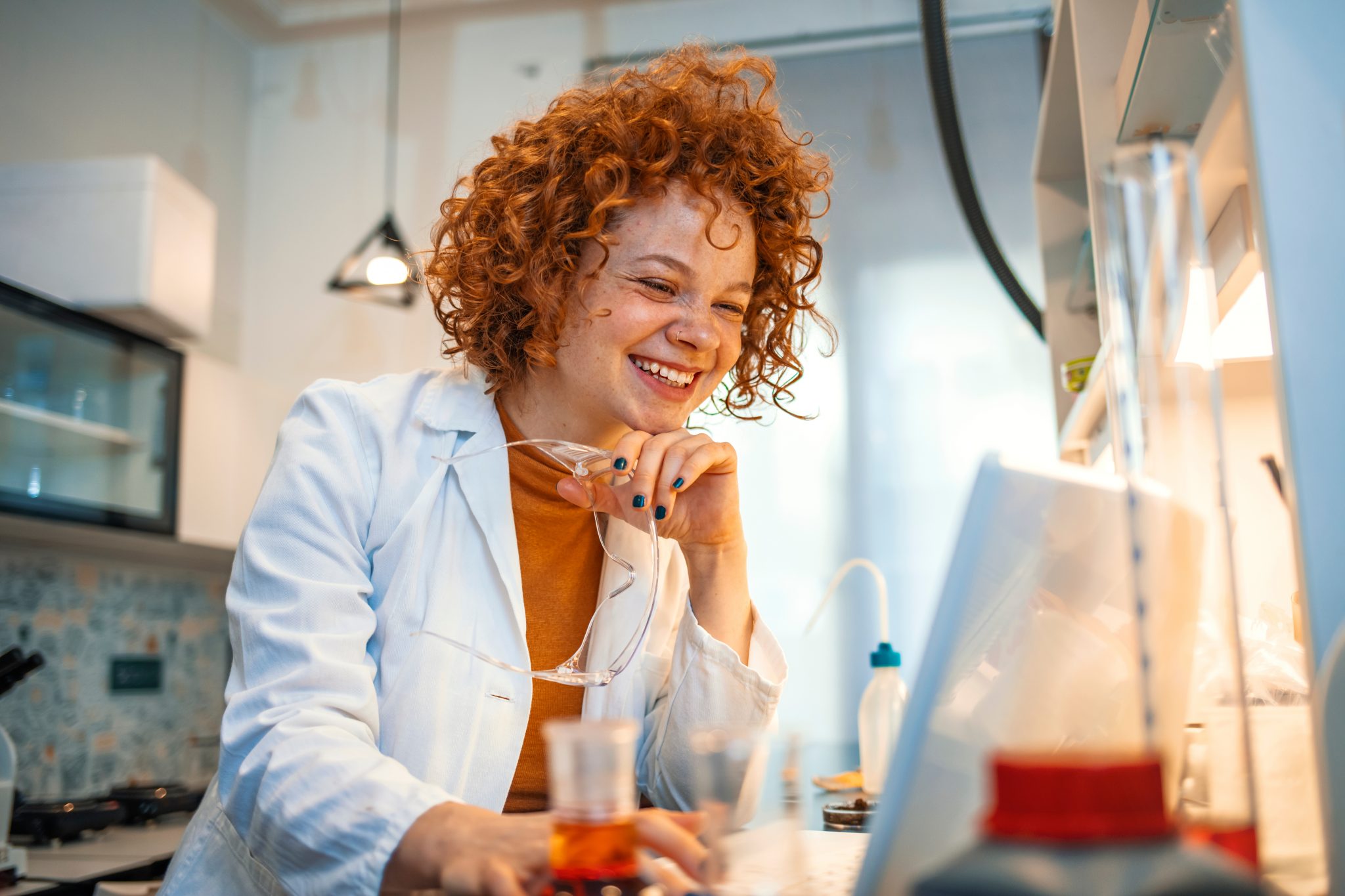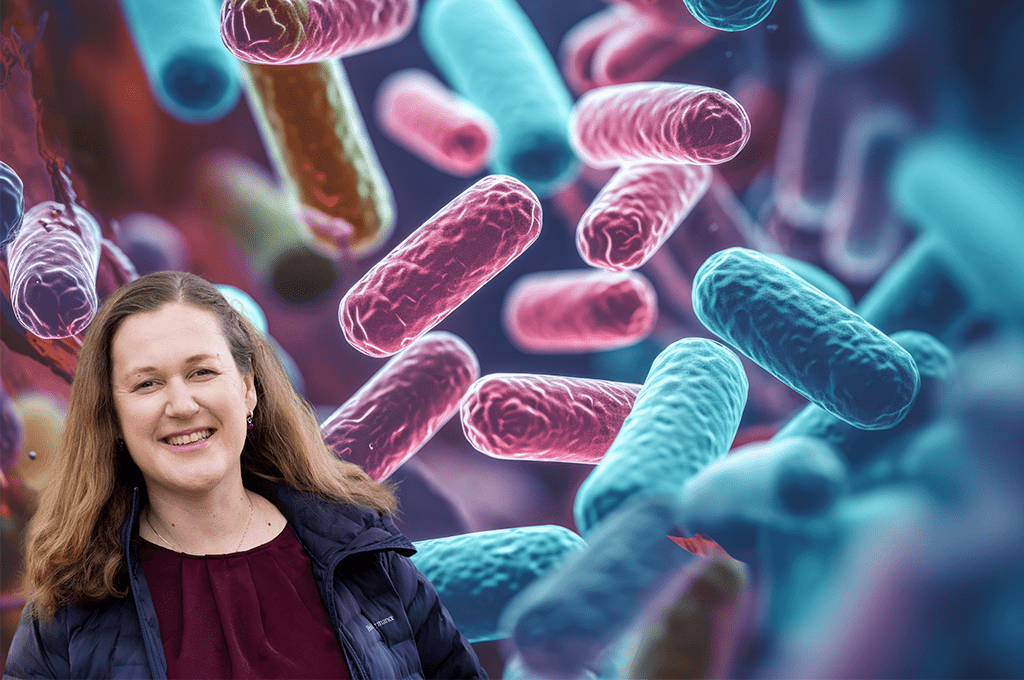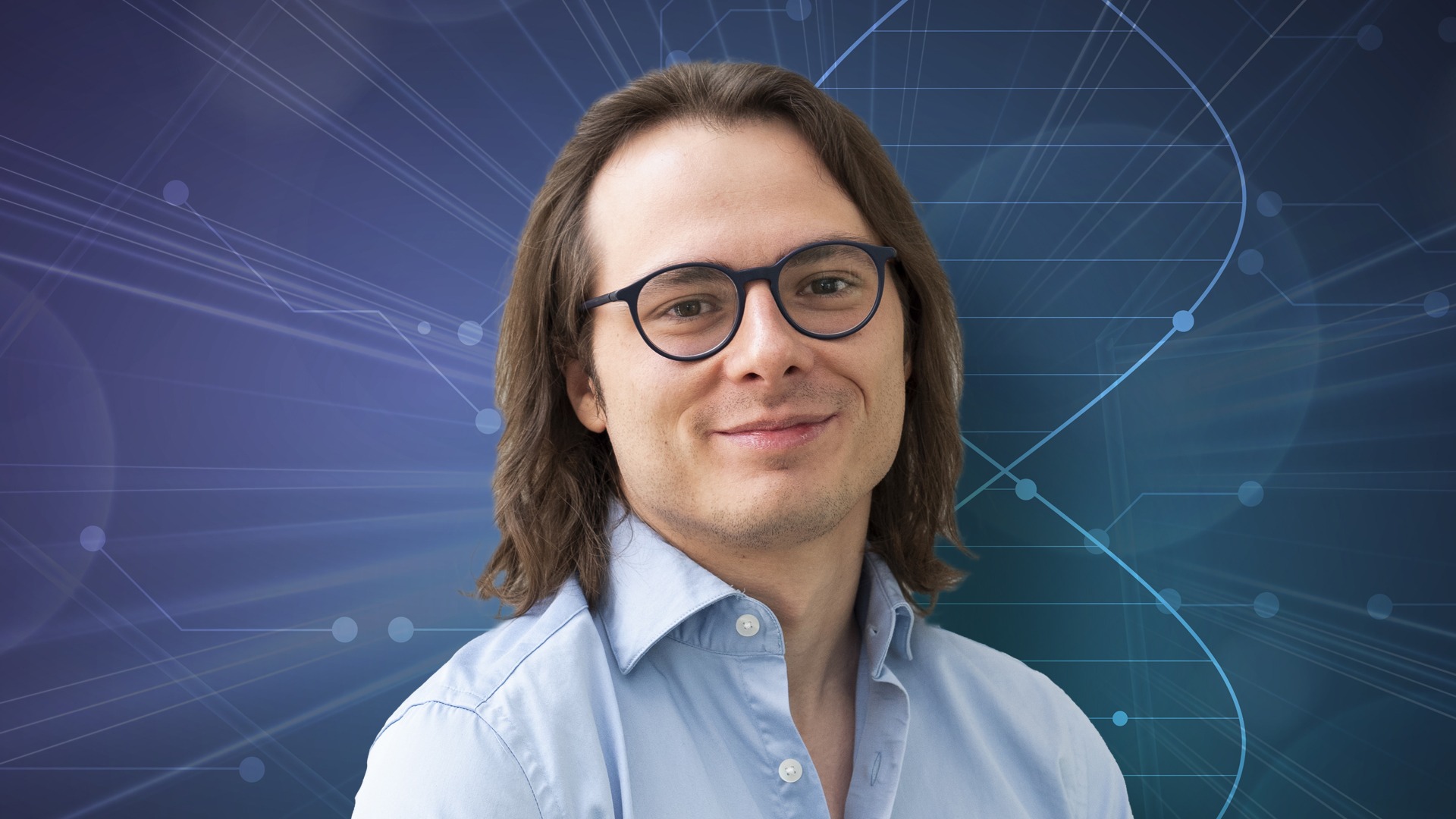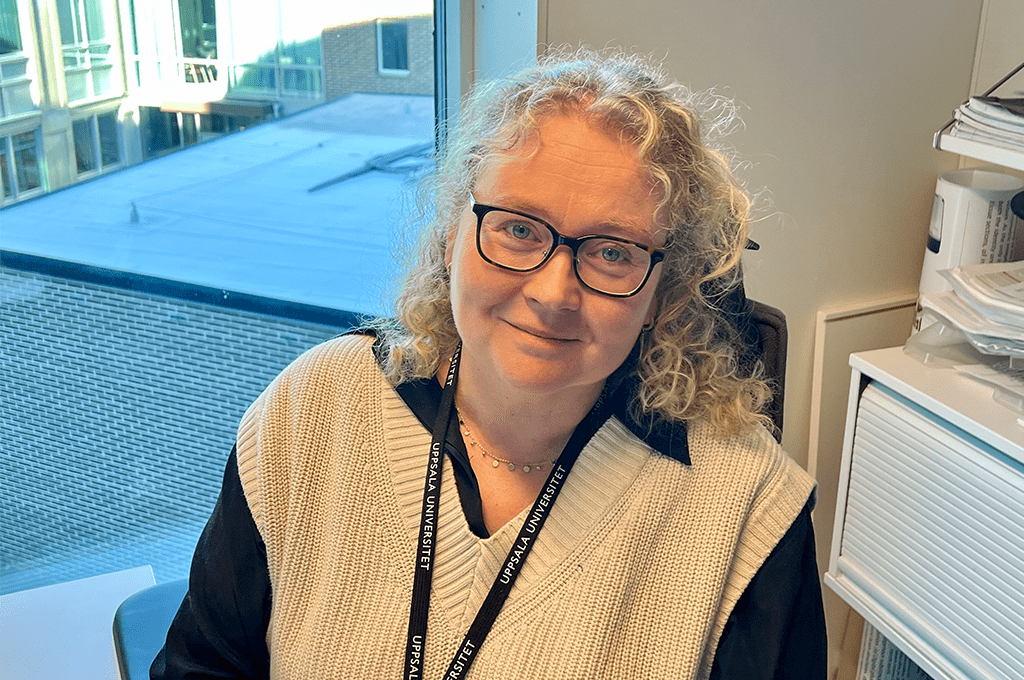A curious mind took Vicent Pelechano to Sweden – and helped him scale up COVID-19 screening worldwide
Growing up in Spain, in a non-academic family, it was not obvious that Vicent Pelechano would lead a lab in Sweden developing a COVID-19 test that could be used in practically any environment using a hotpot – unlike the highly sought after PCR machines. The discovery was even more unlikely considering he does not study viruses.
When Vicent Pelechano heard news from Xiushan Yin, a Chinese colleague and former lab member, of a strange virus spreading in Wuhan, the European media had not yet started reporting on the matter. It was not deemed significant enough. Nonetheless, Pelechano, SciLifeLab Fellow and researcher at Karolinska Institutet, and his team wanted to help scale up the testing capability – at that time to mitigate the spread within China and possibly at airports. Even these experienced microbiologists did not think the virus would become the global tsunami it is today.
He describes the current state as a pandemic exhaustion. People he meets are mentally and physically exhausted after having to deal with self-isolation and fear, and still constantly having to think about the pandemic to do the work. The situation in February and March 2020 was completely different. First off, China felt far away, but even as the virus crept closer and started spreading in Italy, there was still this sense of urgency and a wish to help. Doing something about the situation also made it easier to think about, and they had the means to do so.
“One of the problems now is detection, and that’s just molecular biology, and I happen to have a PhD in molecular biology, and I happen to know how to do these things. Compared to the things we do everyday, this is extremely simple” Vicent Pelechano thought.
At this time, screening body temperature was the main method used to detect COVID-19. In April 2021, a study was published in the Journal of Occupational and Environmental Medicine, that analyzed the effectiveness of temperature screening to detect COVID-19. Out of 15 million screenings, 53 cases were detected. 2,000 persons with diagnosed COVID-19 were among the screened individuals. Vicent Pelechano had not seen these numbers, of course. He did, however, know that the method was less than optimal and started thinking of an alternative.
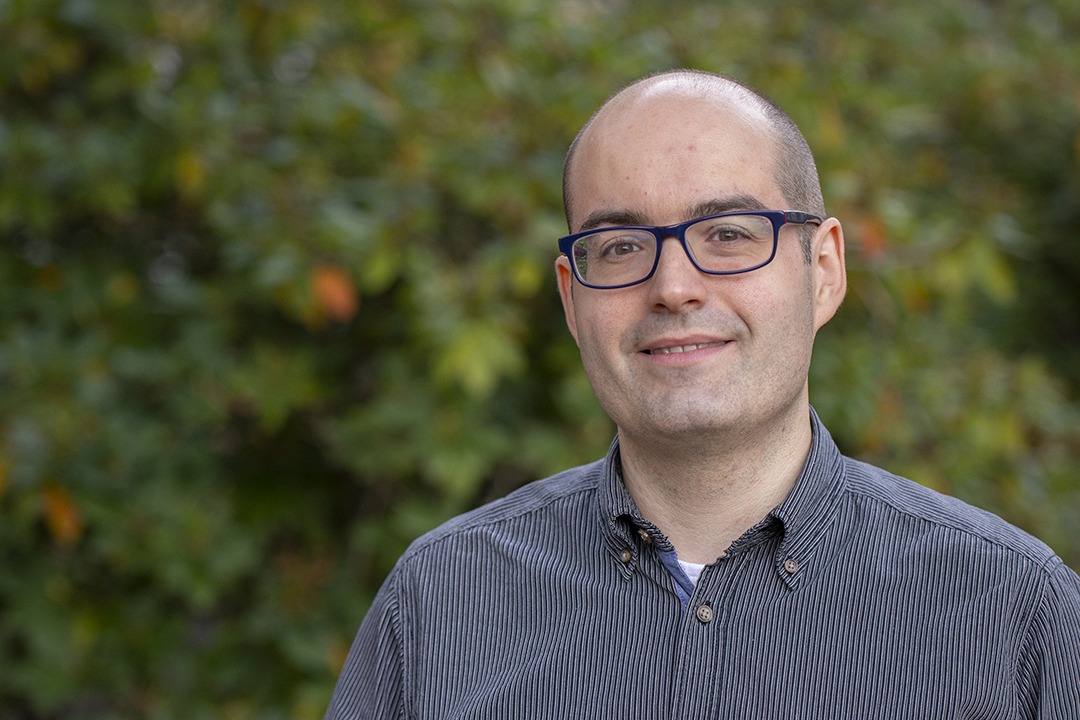
Vicent Pelechano met up with his colleague Xiushan Yin to brainstorm. Polymerase chain reaction (PCR) would be the obvious choice to detect COVID-19 in individuals, a technique used to copy and reproduce small segments of DNA of a virus enough to be detected. In the case of SARS-CoV-2, being an RNA based virus, the RNA must first be converted to DNA for the PCR technique to work. This process is called reverse transcription (RT) and gives you the acronym RT-PCR. The good thing about PCR screening is that it is reliable. What is worse with the method, and what Vicent Pelechano wanted to get away from, is that it needs lots of infrastructure. Expensive infrastructure. The lab envisioned something simpler that could work in a context where that kind of infrastructure does not exist. A method that got stuck in Vicent Pelechano’s memory from his studies, in a course with the intention of teaching how to break the patent of the PCR, was LAMP: loop-mediated isothermal amplification. This method was developed decades ago, but had not been used in COVID-19 screening.
To modify the LAMP method for the challenge at hand, Vicent Pelechano and the Yin group buckled down. Later on, the Pelechano lab joined in and worked in shifts 16 hours a day, for weeks. They then published the world’s first pre-print on using the method for detecting COVID-19.
The RT-LAMP method
To succeed with the RT-LAMP method, the Pelechano lab basically needed to experiment with mixing different enzymes. Simple in theory, lots of work in reality. The two processes involved in the method, converting RNA of the virus to DNA and then amplifying that DNA, needs specific temperatures. The lab needed to find different enzymes that could withstand both those temperatures and work together. Lots of trial and lots of error was involved in finding the enzymes that worked, and optimizing them.
PCR has almost become part of the common vocabulary even among non-scientists. Talking to friends and family, the phrase “I’m gonna take a PCR test” is becoming more common by the day. The polymerase chain reaction, or PCR, method is great at multiplying DNA. It is also very reliable in detecting COVID-19. So, why did Vicent Pelechano want to create a new test? It has everything to do with scalability.
The machines used for these PCR tests are expensive and require quite the infrastructure. Could you use these to test everyone in a population? Sure, in theory you could. The problem is that it takes time, you would need lots of these machines, and again, they are expensive. In countries with less resources, this would not be possible. On top of this, the number of PCR machines to do that in every country simply does not exist. Manufacturers have not piled up these machines anticipating a massive pandemic someday.
I know people that have been waiting for PCR machines for months, because the production has been earmarked for the best paying governments
If the demand exceeds the resources, another solution is needed. Enter RT-LAMP. A method that can be used with a hotpot, some reagents and a few technicians. This allows for scaling up in a way that PCR testing cannot compare with.
Unused potential
A cheap method to screen huge numbers of people was invented, but was it ever used? Not as much as it could have. There are rigid steps needed to be taken before a method is used in clinical diagnosis. Ethical aspects need to be taken into consideration, and a certain level of standardization and security must be met. Vicent Pelechano believes their method could very well have passed such scrutiny. The pressure on the entire healthcare system during the pandemic has been extreme, and time to stop day-to-day activities to do those tests and optimize the method for clinical diagnosis just has not existed.
The alternative that the Pelechano lab is proposing is to use their method as a, perhaps less accurate, mass test. This would allow large parts of the population to be screened, even individuals without symptoms. In Sweden you are only allowed to take a COVID-19 test if you have symptoms. Similar kinds of mass testing are done in for example the US and Germany, and Vicent Pelechano thinks the same thing could have been done in Sweden.
There are of course a lot of ethical and logistical considerations that come into that, but that’s not molecular biology science, it’s epidemiology and health strategies. I’m not an expert in those two, I’m an expert in molecular biology
The method is, however, subject for study in for example South Africa. Part of a bigger project with the aim to facilitate the analysis of SARS-CoV-2 spread in the country, the Pelechano lab is going to benchmark their method with for example PCR, to see how good it actually is. For starters, they sent 30,000 tests. The tests will not guide any clinical decisions, but the results of the study will inform them if the method could be used in a clinical setting in the future.
They have been passing on their knowledge to countries such as Ghana, Algeria, Lebanon, Guatemala and Colombia. The Pelechano lab sends other labs some tests, teaches them how to produce the enzymes themselves and eventually how to get self-sufficient.
“We got the training, the knowledge and the opportunity to help, and it is nice when you can, in addition to working for mid and long term improvement, also use this knowledge to have a more immediate impact. So we’re trying to help” says Vicent Pelechano and continues, “in April, May and June of 2020, about half my time was about answering questions from people in different countries. If we had done something we knew did not work, we could help those people not making the same mistakes and move forward faster. So we have been discussing it with a lot of people, especially in Africa and South America, where there are less resources and more need. It’s interesting from a scientific point of view, we have talked to people we normally do not talk to. Because everyone is here to help”.
They even started planning to send tests to warn-torn Syria. Vicent Pelechano describes the whole process as way above his pay grade, the politics involved were simply too complex. Different fractions control different parts of the country, and sending things around, and even into the country, is tricky to put it mildly. In the end, they sent protocols and video training to a non-governmental organization that is doing tests for other diseases in the country.
Driven by curiosity
To his grandfather’s frustration, a 5 year-old Vicent Pelechano moves the tractor engine pieces around, curious about how the world and the things in it works. Looking out from the Pelechano window, there are orange trees as far as the eye can see. Walking out, fresh vegetables grow all around the family farm and can be eaten seconds from harvest. The thousands of hectares of rice fields of the Albufera lagoon are all around, mirroring the sky when flooded in April as part of the farming preparation.
The Valencia region is known for its ‘Fallas’ celebrations, where in March you can see huge detailedly crafted statues burn throughout the region, as well as religious acts, traditional music, human towers and tons of paella. Vicent Pelechano’s part of the tradition, considered an Intangible Cultural Heritage by UNESCO, was throughout his youth as a percussionist in a 60 person symphonic orchestra.

Vicent Pelechanos’ curiosity stayed with him when he started school, and developed into an interest in science. His surroundings made it clear they wanted him to become an engineer or a medical doctor, but his mind was set on biology. Even though it was not their first choice, Vicent Pelechano’s family supported the decision.
“Even if they were not academics, knowledge was valued in my family. So it was an environment that was very supportive of, perhaps esoteric interests, with non-necessary practical application” says Vicent Pelechano with a laugh.
During his studies, role playing games, such as Lord of the Rings and Dungeons and Dragons, was a big interest. Together with a group of friends, he organized events at a local level, with around a hundred people attending. During the summers, the group travelled around Spain attending different events – think music festivals for gamers.
After organizing a few events, by the time of his PhD, in 2004, they felt quite comfortable with the whole thing and organized a three day, 24 hours a day, national event with 2,000 people staying in sleeping bags in schools and a sports center. Vicent Pelechano still plays these games with his old friends now and again, but he confesses to being struck with the responsibilities that come with a scientific career. He now spends most of his time doing research.
Before the Sweden-Spain football game in the UEFA European Football Championship on June 14, 2021, the Swedish journalists and experts frequently talked about the heat in Seville, where the match was played. How could they possibly manage the heat in such a warm climate? The discussion is a shining example of the stark contrast between the two countries. The difference is even more pronounced in the winter months. February in Valencia, where Vicent Pelechano grew up, got a temperature of about 20 degrees celsius. Sweden often sees minus degrees and snow piling up during the same time, and has typically got vegetables tasteless from being frozen and transported halfway across the world in the supermarkets. So, how did he end up in Sweden of all places? There is an obvious answer: because of the research.
Doing what they do best
When Vicent Pelechano’s lab started researching the COVID-19 test, they were one of a few groups doing that. Now, thousands of researchers have gotten up to speed, and doing impactful research is getting harder. Therefore, the team has instead shifted to what they do best: genomics. They want to take the test they developed and include detection of different variants, named in the media as the UK variant, the South Africa variant, the Delta variant and so on.
A virus constantly changes, through mutation. With as many infected people as in the case of SARS-COV2, mutations can frequently occur. Some disappear, some persist. These variants can have different characteristics, like spreading more easily or causing more serious disease, and it is therefore important to keep track of them.
As with the RT-LAMP method, detecting variants could be done with advanced machines instead. The problem with these machines, in this case, is that it is slow. When you want to control the spread of a variant, it is not much help to know that someone was infected a month ago. The Pelechano lab wants to be able to analyze hundreds of samples straight away.
Identifying identical differences
You have just read a long text about COVID-19 research. That is, however, quite far from what Vicent Pelechano normally does for a living. He usually tries to understand how cells that look virtually identical are different from each other. A simple concept that in practice is far from it.
To investigate these differences, the lab develops new methods. They try to look into these cells in ways that have not been done before, by using molecular biology techniques and computational biology – bioinformatics. Their research could be divided into three areas, ranging from very fundamental research of how cells work, to using that information to help clinicians make more informed decisions.
One area looks at variability across human cells, with a focus on cancer cells. A cancer patient will sometimes stop responding to the drug treatment. This is often because of a mutation, but sometimes the patients stop responding without these mutations. It is this latter problem Vicent Pelechano investigates.
“We are developing methods to understand how cells that look identical from a genetic point of view don’t behave the same way”
In a second area, the lab analyzes the process of when a protein is being produced from a RNA molecule. The third area has to do with clinical applications, they are for example developing methods to improve the detection of genetic mutations in cancer patients.
Perhaps it is not that strange after all, that Vicent Pelechano wanted to understand the pandemic that is affecting us all, and felt a need to help increase testing capabilities even though it was not close to what he does everyday. Nor, perhaps, is it strange that he ended up living in a country where not only the climate, but also the culture, is quite different. Curiosity has taken Vicent Pelechano places he could not imagine, literally and scientifically – and the youthly drive that organized an event for 2,000 strangers is still there to carry that thirst for knowledge forward.
Written by Niklas Norberg Wirtén

